Abstract | The goal of this research was to determine the composition and tree structure of a dry forest fragment on...
Blog categories
Search in blog
Latest posts
-
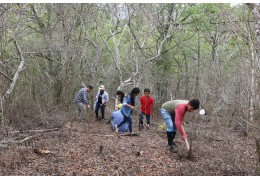 Composition and Tree Structure of a Dry Forest Fragment in the Ecuadorian CoastRead more
Composition and Tree Structure of a Dry Forest Fragment in the Ecuadorian CoastRead more -
 Monitoring, data collection in the dry forest Los Bajos del Pechiche using the DRYFLOR methodology02/02/20218391 views 1 comment 2 LikedRead more
Monitoring, data collection in the dry forest Los Bajos del Pechiche using the DRYFLOR methodology02/02/20218391 views 1 comment 2 LikedRead moreEcuadorianHands is a company that works in a sustainable and responsible way with the environment. We have been...
-
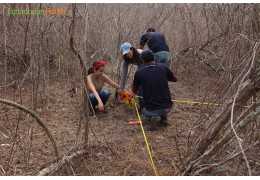 Influence of the altitudinal gradient on the composition and structure of the "El Artesan - EcuadorianHands Protective Forest and Vegetation", Joa, Jipijapa01/13/20218847 views 2 LikedRead more
Influence of the altitudinal gradient on the composition and structure of the "El Artesan - EcuadorianHands Protective Forest and Vegetation", Joa, Jipijapa01/13/20218847 views 2 LikedRead moreDry forest, one of the most threatened ecosystems due to the ease of change associated with human activities. This...
-
 Importance of preserving and maintaining the forests of Palo Santo, Study on carbon storage in the tropical dry forest01/05/202111621 views 39 LikedRead more
Importance of preserving and maintaining the forests of Palo Santo, Study on carbon storage in the tropical dry forest01/05/202111621 views 39 LikedRead moreOf the five carbon compartments that can be measured in a forest (live aerial biomass, underground biomass, debris or...
-
 How to use palo santo powder incense? Bring good fortune, peace and harmony to your home03/23/202323904 views 22 LikedRead more
How to use palo santo powder incense? Bring good fortune, peace and harmony to your home03/23/202323904 views 22 LikedRead morePalo Santo powder for spiritual cleansing and purifying. Palo Santo is a great addition to any home, making it a...
Popular posts
-
 Healing and Aligning Your Chakras with the Power of Palo Santo03/13/2024143296 views 1 comment 42 LikedThe universe is an energetic network, and we, as an integral part of it, are also a part of this network. Our body is...Read more
Healing and Aligning Your Chakras with the Power of Palo Santo03/13/2024143296 views 1 comment 42 LikedThe universe is an energetic network, and we, as an integral part of it, are also a part of this network. Our body is...Read more -
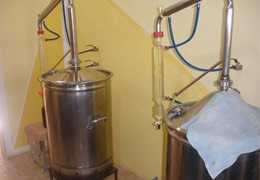 Palo Santo Essential Oil, Bursera Graveolens - Uses and Benefits02/01/2017Posted in: How To?102336 views 6 comments 186 LikedPalo Santo, Ecuador's sacred wood! Originating from our dry forest of Ecuador, this tree belongs to the Burseraceae...Read more
Palo Santo Essential Oil, Bursera Graveolens - Uses and Benefits02/01/2017Posted in: How To?102336 views 6 comments 186 LikedPalo Santo, Ecuador's sacred wood! Originating from our dry forest of Ecuador, this tree belongs to the Burseraceae...Read more -
 Palo Santo: A Natural Way to Cleanse Your House and Promote Well-Being and Positive Energy09/29/202387899 views 3 comments 183 LikedMany people clean and purify their home at least once a month. Many people enter our home, and each person with a...Read more
Palo Santo: A Natural Way to Cleanse Your House and Promote Well-Being and Positive Energy09/29/202387899 views 3 comments 183 LikedMany people clean and purify their home at least once a month. Many people enter our home, and each person with a...Read more -
 From Nature to Art: What is the tagua nut or vegetable ivory?85587 views 6 comments 229 LikedThe Tagua is a unique plant that comes from the tropical and humid mountains of Ecuador, grows wild in forests called...Read more
From Nature to Art: What is the tagua nut or vegetable ivory?85587 views 6 comments 229 LikedThe Tagua is a unique plant that comes from the tropical and humid mountains of Ecuador, grows wild in forests called...Read more -
 Straw hat: Classic Havana, your best choice62993 views 38 LikedHello friends how are you?, You know in this blog I have written a lot about straw hats toquilla, which is currently...Read more
Straw hat: Classic Havana, your best choice62993 views 38 LikedHello friends how are you?, You know in this blog I have written a lot about straw hats toquilla, which is currently...Read more
Photo gallery
-

Is Palo Santo really endangered?
-
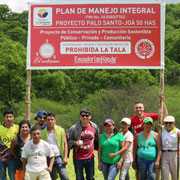
Is Palo Santo really endangered?
-

Is Palo Santo really endangered?
-
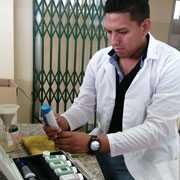
Investigations concerning the PaloSanto tree.
-
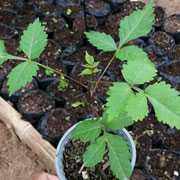
Nursery
-
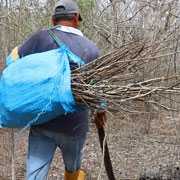
It's reforestation time! Palo santo




![FEDORA Panama Hat [FREE SHIPPING] | EcuadorianHands](https://ecuadorianhands.com/16027-home_default/fedora-montecristi-panama-hat.jpg)

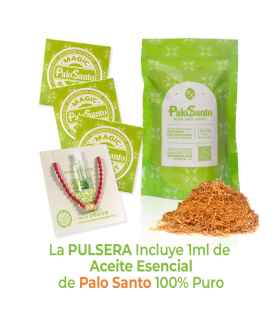

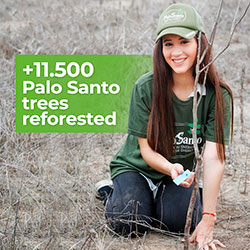
Leave a comment
Comments
Semillas de Bursera Graveolens
By: Luciano tercero ocana quintero On 10/01/2024Respetados Señores, mi nombre es Luciano Ocaña Q., panameño y estoy interesado en comunicarme con su comunidad a fin de comprar semillas de Palo Santo para su reproduccion en mi país, mediante un programa de reforestacion de los bosques secos.
Agradezco su amable respuesta.
Replied by: Johnny Molina On 10/02/2024
Palo Santo
By: Trish On 02/12/2022HI There
We see you are restoning Palo Santo with your project and we are looking at importing Palo Santo to South African - please email me some more info
Thanks
Replied by: Fabrizio Vera On 02/15/2022
Plan de reforestación
By: Luisin García On 08/13/2021Buenos días
Estoy interesado en el plan de reforestación en un terreno que se encuentra en la zona sur del Ecuador, Zapotillo Loja.
Muchas gracias
Luisin